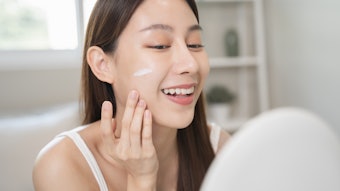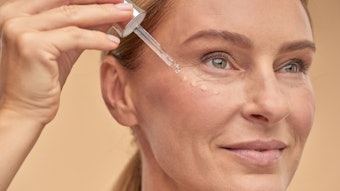
A comprehensive review published earlier this year (2025) in Critical Reviews in Toxicology affirmed the safety of avobenzone, a key ingredient in sunscreens. According to the open access article, analysis of existing toxicological data and human exposure studies concluded the UV filter poses minimal risk to human health when used within current regulatory limits.
Negligible Absorption, No Toxicity or Hormonal Concerns
Researchers examined extensive data regarding how the body processes avobenzone and found that very little of the chemical enters the bloodstream through the skin — clinical data indicated humans absorb less than 0.59% of the applied dose, suggesting low percutaneous absorption.
What's more, the review found no clear markers for toxicity or concerning endpoints. And importantly, the data showed no evidence that avobenzone disrupts the body's hormone systems.
It is worth noting that in rare cases, skin reactions related to sunlight (photoallergy) were reported in clinical case studies, but the ingredient generally did not cause irritation or sensitization.
Calculated Sunscreen Safety Margin
To characterize the risk associated with the use of an avobenzone-containing sunscreen, a margin of safety was used. Conservative estimates derived from animal studies identified margins greater than 100, indicating a significant safety buffer between typical consumer exposure and any potential harmful levels.
Based on these findings, the review concluded that avobenzone remains a safe choice for sun protection. The data thus supports its continued use in sunscreen products in the United States and Canada at concentrations up to the permitted maximum of 3%.










